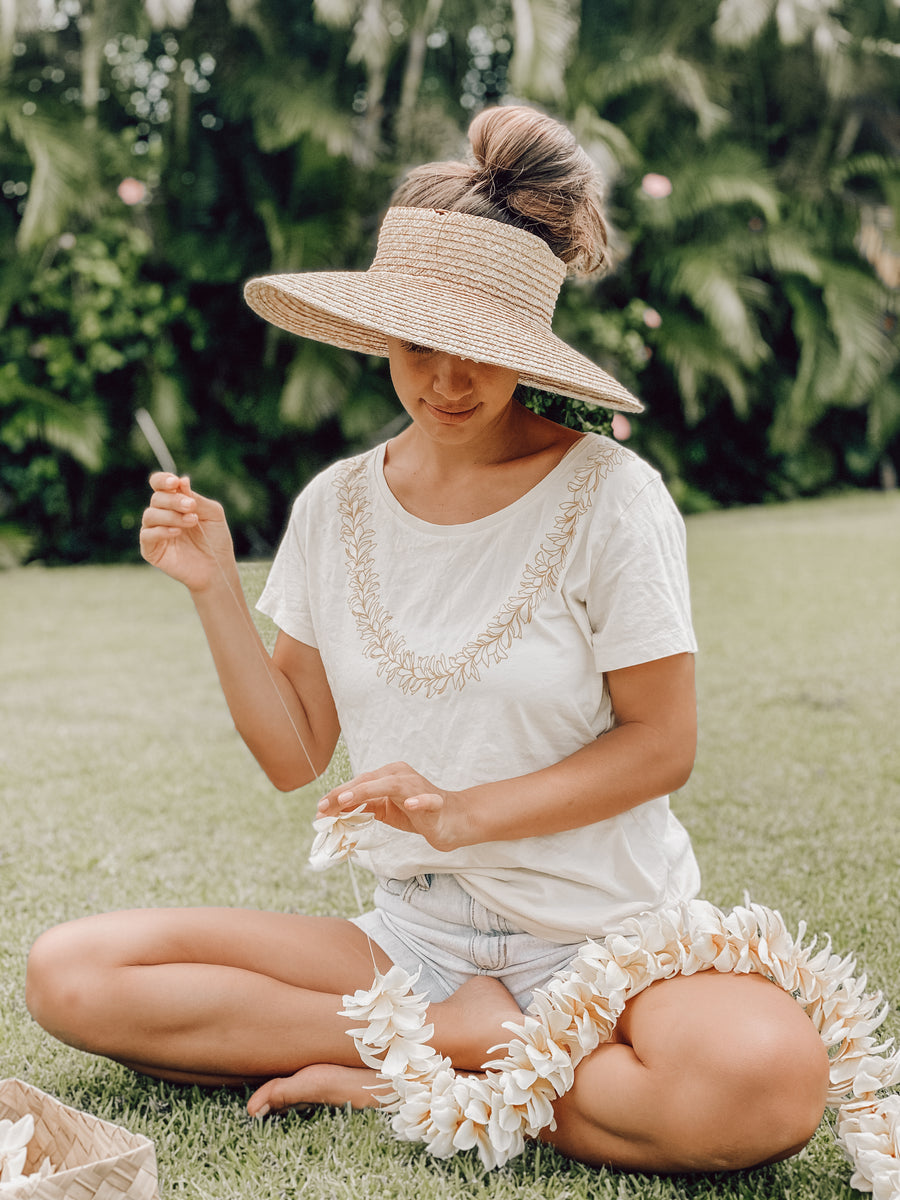What is Hawaiian culture?
Hawai’i is unique for so many reasons, but here’s something you may or may not know. As a result of our past, Hawai’i is so rich in culture and traditions. It’s what makes our home so special. But did you know that Hawai’i’s unique culture is actually composed of many different cultures! To put it super loosely, we have our local culture and we have our Hawaiian culture - two very different pieces of our puzzle.
Local Culture
Hawaii’s local culture comes from influences of the plantation days and the war years here in our islands. Back when Hawaii was filled with people from all over the world, cultures were blended to create what has now become Hawaii’s local culture. Spam musubi, shave ice, shaka, the pidgin language, crack seed, reggae music, and our love for ethnic foods all come from this mash up of cultures. While they highly attribute to the unique culture of our islands, things like these are not actually Hawaiian - they’re just local.
Hawaiian Culture
Nestled within our melting pot culture is the Hawaiian and Native Hawaiian culture. The original culture of this land originating from our Polynesian ancestors who first came to Hawai’i. Hula, Hawaiian language, Hawaiian foods like poi/laulau/lu’au, paddling, kalo, lei, etc. There are so many layers to the Hawaiian culture; layers that are Hawaiian but maybe not Native Hawaiian. It gets tricky and may be open to interpretation. However, the generalization that Hawaiian culture is different from local culture should be widely known.
Hawaiian is not the same as Californian.
In many States, titles like Californian, Texan, Oregonian are simply used to describe someone who lives in that place. This is NOT the case for Hawai’i. Just because you live in Hawai’i, you are not necessarily Hawaiian. Hawaiian refers to people who have blood ancestral ties to this ‘aina (land). Hawaiian is an ethnicity in itself and is reserved for those who carry this blood within them. The title we use for people who live in Hawaii regardless of ethnicity is “kama’aina”. Kama’aina can come from any place, be any race, but these are the people that reside in Hawaii.
Pineapples are NOT Hawaiian.
Don’t believe me? Read on. All over the world, people associate pineapples with Hawaii. It’s true, we did have canaries that used to employ many many people, my parents included. But pineapples are not Hawaiian and here’s why.
First off, they’re originally from South America. Secondly, this fruit stems from a very detrimental history. In Hawaiian, pineapple is “halakahiki”, which literally refers to it being foreign. Here’s why: Dole Plantation was started in Hawaii by James Dole. James Dole’s cousin was Sanford Dole. Who is Sanford Dole? Sanford Dole led the illegal annexation of Hawaii’s last reigning monarch and the attempted obliteration of Hawaiians, their language, and their culture. It is the most horrific act in Hawaii's history and Hawaiians are still full of anger towards the lasting effects that they suffer since. Shortly after the overthrow of the Hawaiian kingdom, James Dole came to Hawai'i and saw how lucrative his pineapple business could become. He further aided in the oppression of Hawaiian people and their culture through creating his monopoly that is now known as Dole Plantation.
Globally, pineapples have since become a symbol of paradise, and tourists that flock here feel like they need to eat pineapple to get an authentic Hawaiian experience, but this is so far from the truth.
Here is a great article that really gets into depth on the history of the pineapple: https://edgeeffects.net/dole-pineapple-plantation/
As with so many places around the world, it’s important to know history, to understand it, and to make sure to not falsify it. Hawai’i has become a brand viewed across the globe as grass skirts, coconut bras, mai tais, shave ice, and pineapples. It’s so important to know the true history of Hawai’i and what our culture is actually composed of.





Leave a comment